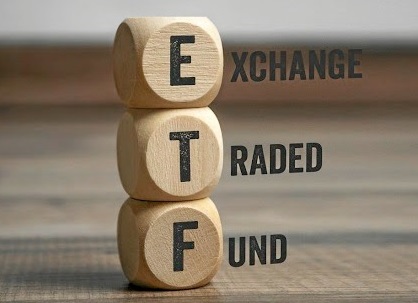ETFs gained increased popularity in recent years and are becoming widely used by investors. This has been especially true after the GFC. Despite their popularity, they have not been around as long as managed funds. This means that investors are still unaware of how they work. ETFs are financial products that are similar to managed funds except you can buy and sell them on the exchange. Many ETFs track and duplicate a market index. However, some may track other investments such as commodities, currencies, and actively managed funds. The objective of the most popular ETFs is to match an index performance. It the easy option to diversify your portfolio without having to buy individual stocks. Although ETFs are similar to managed funds, they do have some differences.
Advantages
- They have higher daily liquidity than managed funds. Investors may have difficulty exiting a managed fund if many redemptions are taking place at the same time.
- They have lower fees than managed funds.
- You can short the market with an ETF. That is, you can buy ETFs where you make money when the market goes down. Although there is the ability to short shares without having to borrow stock in the stock market, you will need to do it through option strategies.
- Investors are able to diversify more broadly with an ETF. You can buy the market and get instant diversification with the purchase of one ETF. You can have a portfolio of different stocks and not have to manage all the stocks yourself.
- Investors can access international shares without having to open an international share trading account.
- Capital gains from sales are not distributed in the fund like managed funds, hence investors will not need to pay tax on capital gains within the ETF. Hence ETFs are more tax effective – although you many need to pay tax if the ETF itself is sold at a gain.
- There is no minimum deposit with ETFs. With some managed funds, a minimum deposit of $5,000 is required. ETFs allow investors to enter the market with a small capital outlay.
- There is more transparency in an ETF compared to a managed fund as funds disclose all holdings. Managed funds don’t publish all the stocks in the fund.
- There is less administration required with ETFs. An application form is required when buying units in a managed fund and a redemption form is required when selling units. With an ETF, you can just buy and sell with an online trading platform.
- ETFs are traded on the stock exchange and so pricing is in real time, with managed funds pricing is not as regular.
Disadvantages
- ETFs that track an index offer a passive strategy. These particular types do not actively try and beat the market. With managed funds, you can select different trading strategies. Investors have more choice of finding an actively traded fund with managed funds
- Managed funds generally don’t charge transaction fees, ETFs do. Regardless of how many trades a managed fund executes, the investor is usually just charged the management fee/performance fee.
- ETFs usually invests in large caps so investors looking to invest in small or medium cap companies may find it hard with ETFs.
- Trading volumes with ETFs may be low so there may be a wide bid ask spread. This means liquidity may be low.
- Some thematic ETFs may sound appealing for those wanting a particular exposure, but often the companies inside the ETF may not align well enough to the theme that the investor is looking for. Therefore, some thematic ETFs may not eventually deliver the sort of exposure that the investor was looking for, and often the fees in thematic ETFs are quite large.
Lauren Hua is a private client adviser at Fairmont Equities.
An 8-week FREE TRIAL to The Dynamic Investor can be found HERE.
Would you like us to call you when we have a great idea? Check out our services.
Disclaimer: The information in this article is general advice only. Read our full disclaimer HERE.
Like this article? Share it now on Facebook and Twitter!

